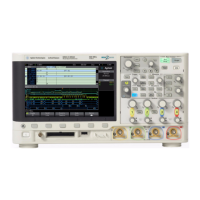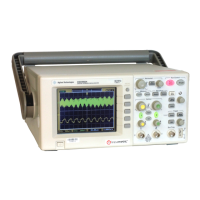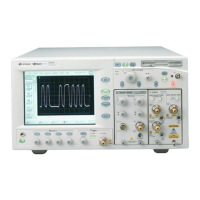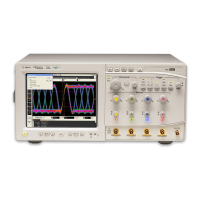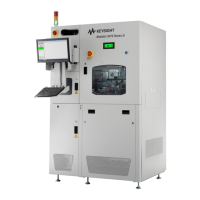Acquisition Control 12
Agilent InfiniiVision 3000 X-Series Oscilloscopes User's Guide 191
So, in practice, an oscilloscope's sample rate should be four or more times
its bandwidth: f
S
= 4f
BW
. This way, there is less aliasing, and aliased
frequency components have a greater amount of attenuation.
Note that 1 GHz bandwidth 3000 X- Series oscilloscope models have more
of a brick- wall type frequency response (also known a flat response) than
the Gaussian response of lower bandwidth 3000 X-Series oscilloscope
models. To understand the characteristics of each type of oscilloscope
frequency response, see Understanding Oscilloscope Frequency Response
and Its Effect on Rise- Time Accuracy, Agilent Application Note 1420
("http://cp.literature.agilent.com/litweb/pdf/5988-8008EN.pdf").
See Also Evaluating Oscilloscope Sample Rates vs. Sampling Fidelity: How to
Make the Most Accurate Digital Measurements, Agilent Application Note
1587 ("http://cp.literature.agilent.com/litweb/pdf/5989- 5732EN.pdf")
Oscilloscope Rise Time
Closely related to an oscilloscope's bandwidth specification is its rise time
specification. Oscilloscopes with a Gaussian- type frequency response have
an approximate rise time of 0.35/f
BW
based on a 10% to 90% criterion.
Figure 35 Sample Rate and Oscilloscope Bandwidth
Limiting oscilloscope bandwidth (f
BW
) to 1/4 the sample rate (f
S
/4)
reduces frequency components above the Nyquist frequency (f
N).
I
6
I
1
I
6
G%
$WWHQXDWLRQ
$OLDVHGIUHTXHQF\
FRPSRQHQWV
)UHTXHQF\
G%
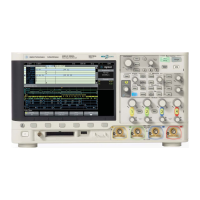
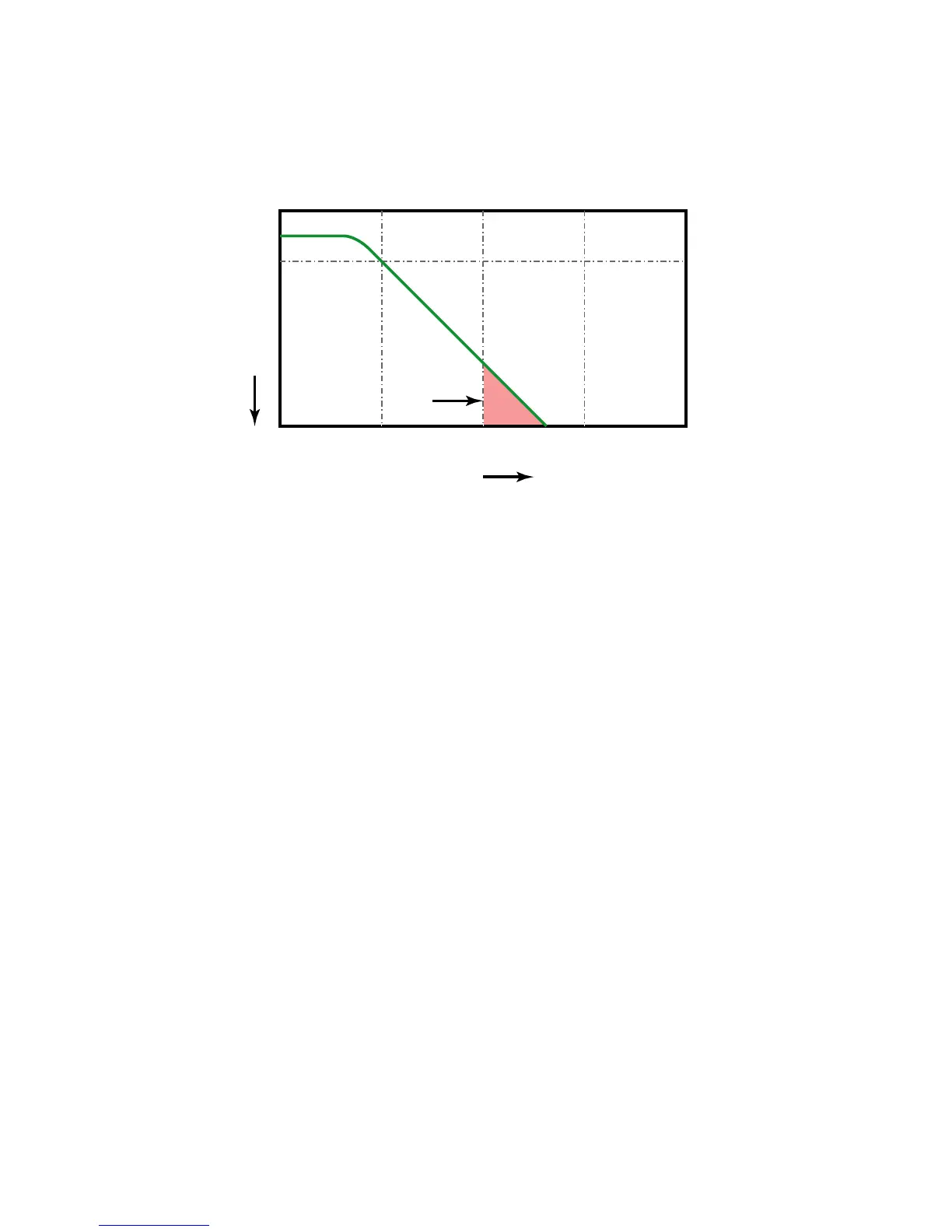